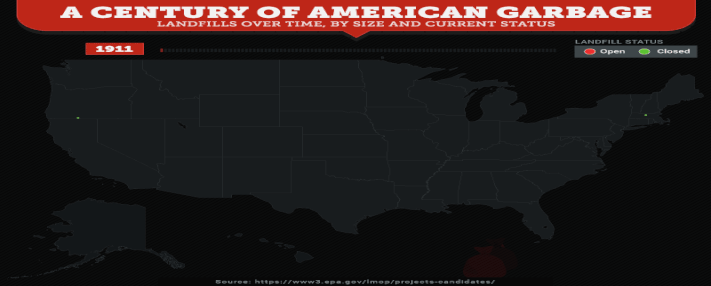 Source: SaveOn Energy Source: SaveOn Energy A landfill is a man-made structure to store trash that cannot be reused or recycled and is designed to be isolated from air, rain, and groundwater. The purpose is to prevent the waste from coming into contact with the environment, but a lack of oxygen causes the rubbish to decay. This produces gases such as methane, a potent greenhouse gas that contributes to climate change. The Environmental Protection Agency (EPA) released a report detailing the impact landfills are beginning to have on drinking water. Landfills have also been linked to birth defects and the rise of methane emissions. Problems:
An expert solution Qiang He, a civil and environmental engineering professor at the University of Tennessee, worked with colleagues from various departments to design and begin testing a solution to the endless toxic landfills. Their plan involves placing microbes into an anaerobic digester, which is a system that breaks down organic matter to create fertilizer. By doing this, they will be able to convert carbon from food waste into methane, which in turn can be made into electricity. Any leftover residue would be used as a soil supplement for farmers. While this solution is not yet being implemented, there are some things that you can do to reduce the impact landfills have on the Earth:
0 Comments
|
Archives |
